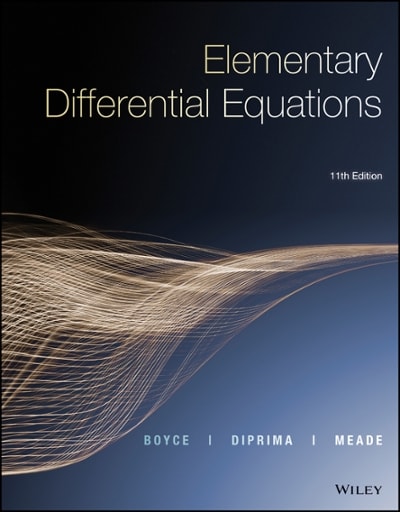Question
Derive an approximate expression for the total-to-total efficiency of a turbine stage in terms of the enthalpy loss coefficients for the stator and rotor when
Derive an approximate expression for the total-to-total efficiency of a turbine stage in terms of
the enthalpy loss coefficients for the stator and rotor when the absolute velocities at inlet and
outlet are not equal. A steam turbine stage of high hub-tip ratio is to receive steam at a stagnation
pressure and temperature of 1.5 MPa and 325C, respectively. It is designed for a blade speed of
200 m/s and the following blade geometry was selected:
Nozzles Rotor
Inlet angle, degree 0 48
Outlet angle, degree 70.0 56.25
Space-chord ratio, s/l 0.42 ?
Blade length-axial chord ratio, H/b 2.0 2.1
Maximum. thickness-axial chord 0.2 0.2
The deviation angle of the flow from the rotor row is known to be 3 on the evidence of cascade
tests at the design condition. In the absence of cascade data for the nozzle row, the designer
estimated the deviation angle from the approximation 0.19 ?s/l where ? is the blade camber
in degrees. Assuming the incidence onto the nozzles is zero, the incidence onto the rotor
1.04, and the axial velocity across the stage is constant, determine
(i) the axial velocity;
(ii) the stage reaction and loading factor;
(iii) the approximate total-to-total stage efficiency on the basis of Soderberg's loss correlation,
assuming Reynolds number effects can be ignored;
(iv) by means of a large steam chart (Mollier diagram) the stagnation temperature and pressure at
stage exit.
9. (a) A single-stage axial flow turbine is to be designed for zero reaction without any absolute
swirl at rotor exit. At the nozzle inlet the stagnation pressure and temperature of the gas
are 424 kPa and 1100 K, respectively. The static pressure at the mean radius between the
nozzle row and rotor entry is 217 kPa and the nozzle exit flow angle is 70. Sketch an appropriate Mollier diagram (or a Ts diagram) for this stage allowing for the effects of losses and
sketch the corresponding velocity diagram. Hence, using Soderberg's correlation to calculate
blade row losses, determine for the mean radius
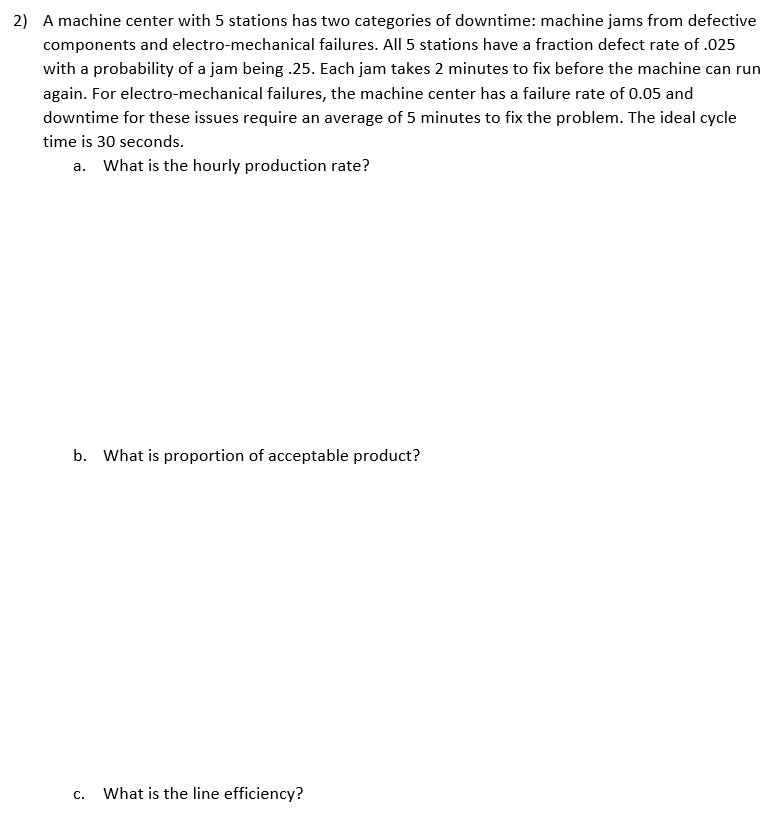
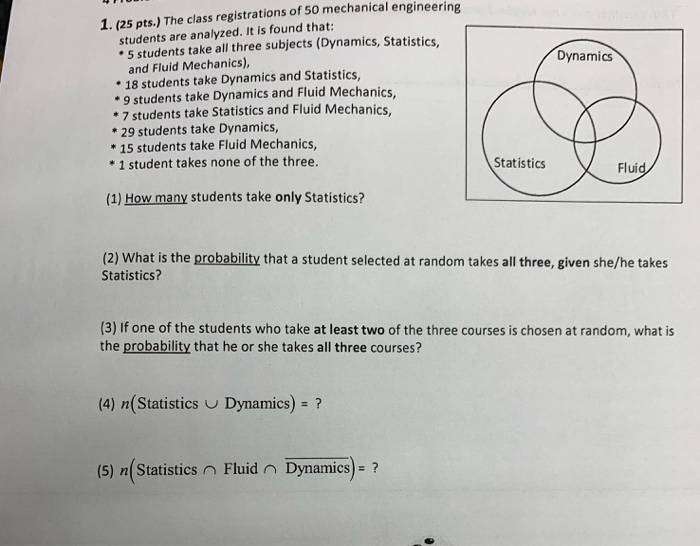
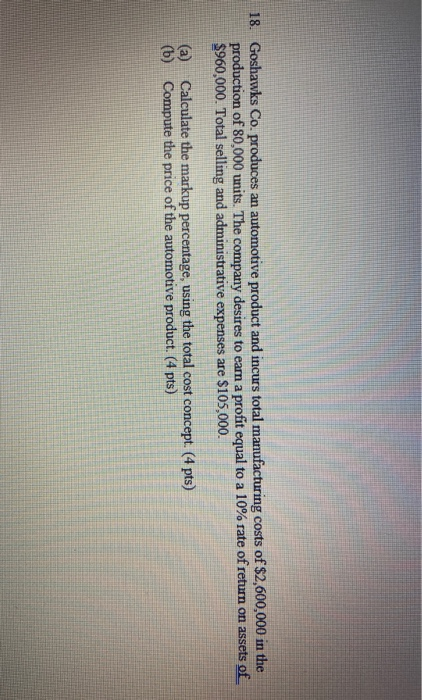
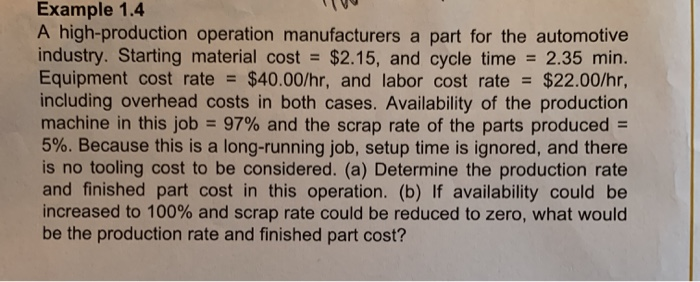
Step by Step Solution
There are 3 Steps involved in it
Step: 1

Get Instant Access to Expert-Tailored Solutions
See step-by-step solutions with expert insights and AI powered tools for academic success
Step: 2

Step: 3

Ace Your Homework with AI
Get the answers you need in no time with our AI-driven, step-by-step assistance
Get Started


